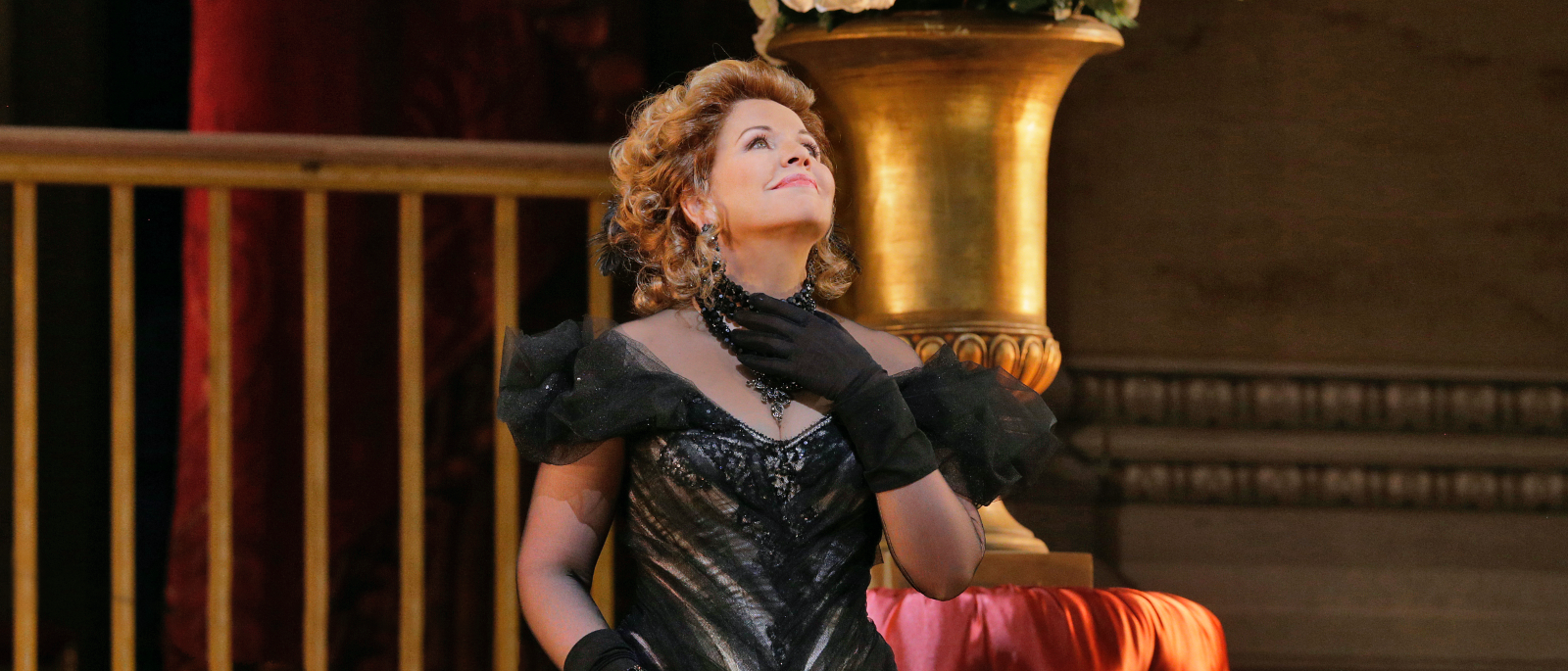
Fun Facts
When The Merry Widow premiered in New York in 1907, it was so popular that a roaring industry of Merry Widow–themed merchandise sprang up to capitalize on the show’s success. These items included scarves, cigars, hats, and corsets—as well as a cocktail, “The Merry Widow,” which (according to a version published in 1917 by New York bartender Harry Ensslin) was essentially a gin martini spiced up with herbal liqueur and absinthe.
The Merry Widow’s international popularity was not confined to New York. In Buenos Aires, five different theaters performed The Merry Widow in five different languages on the same evening in 1907. In London, The Merry Widow played nearly 800 times at Daly’s Theatre, and some Londoners were reported to have seen the show more than 100 times. Even the English King Edward VII got in on the fun: He attended no fewer than four performances of Lehár’s delightful work.
Maxim’s, which features prominently in The Merry Widow, is a famed restaurant on the Rue Royale in Paris that is still in operation today. Established in the 1890s, it has been a favorite haunt of writers (including librettist Viktor Léon), artists, and celebrities throughout its history, and it appears as a setting in a number of plays and films. Despite the establishment’s depiction in The Merry Widow, however, Maxim’s was never a bawdy cabaret; rather, it has always been an elegant, high-end restaurant.
The Merry Widow has been translated numerous times into English, and many translators have taken considerable license in anglicizing the operetta’s names and locations. In a 1907 production in New York, Hanna was renamed Sonia, and her country of origin was “Marsovia.” In another version, Joan Sutherland played the widow “Anna,” who hails from “Pontevedria.”
The word “waltz” is derived from a German verb meaning “to turn or roll,” a reference to the spinning motions that dancers make as they twirl around the dance floor.
Pontevedro is a fictional country, but the name was a thinly veiled reference to the Balkan country of Montenegro. In fact, when The Merry Widow was written, the Montenegrin Prince Nicholas (a member of the house of “Njegoš”) had two sons named Danilo and Mirko.